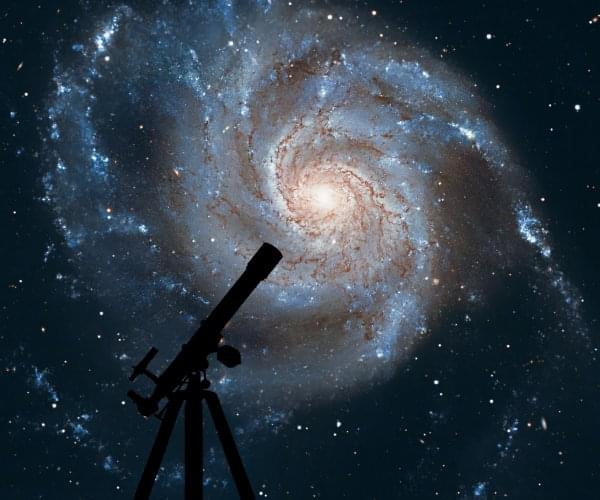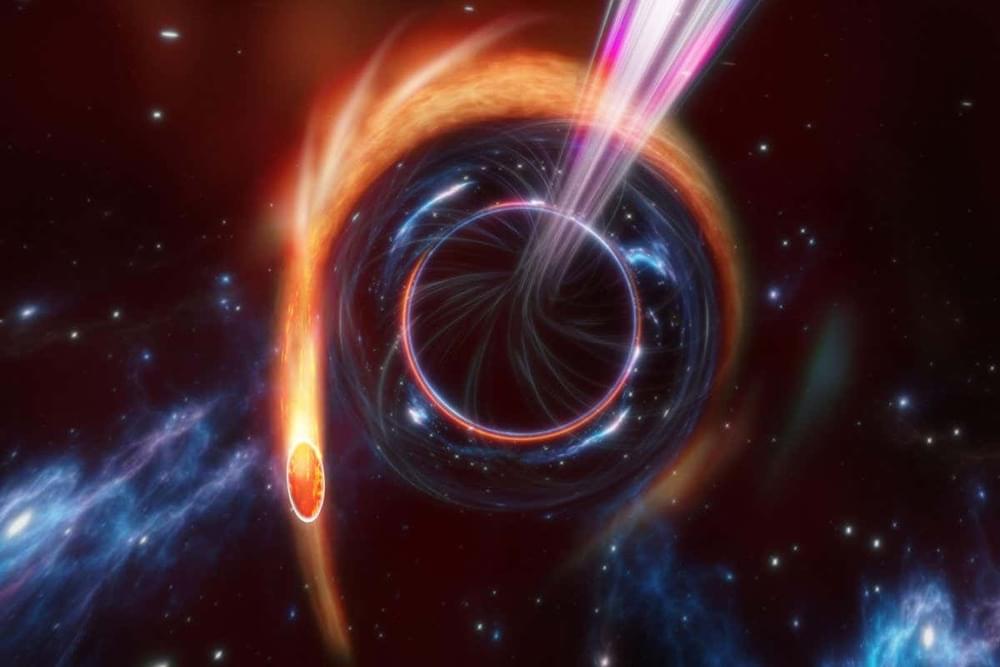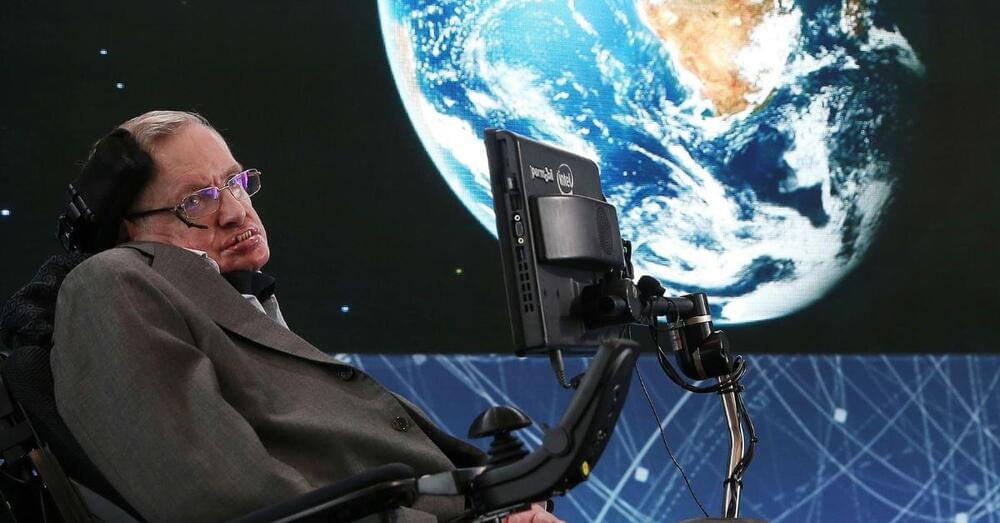What were the first moments of the Universe like? It’s a mystery that scientists have been trying to unravel for decades. The ALICE collaboration at CERN is a specialist in the subject: this detector (A Large Ion Collider Experiment) was designed to study quark-gluon plasma, a phase of matter that would have existed just after the Big Bang. And the team recently succeeded in recreating and characterizing this very first hypothetical material, using the Large Hadron Collider (LHC).






